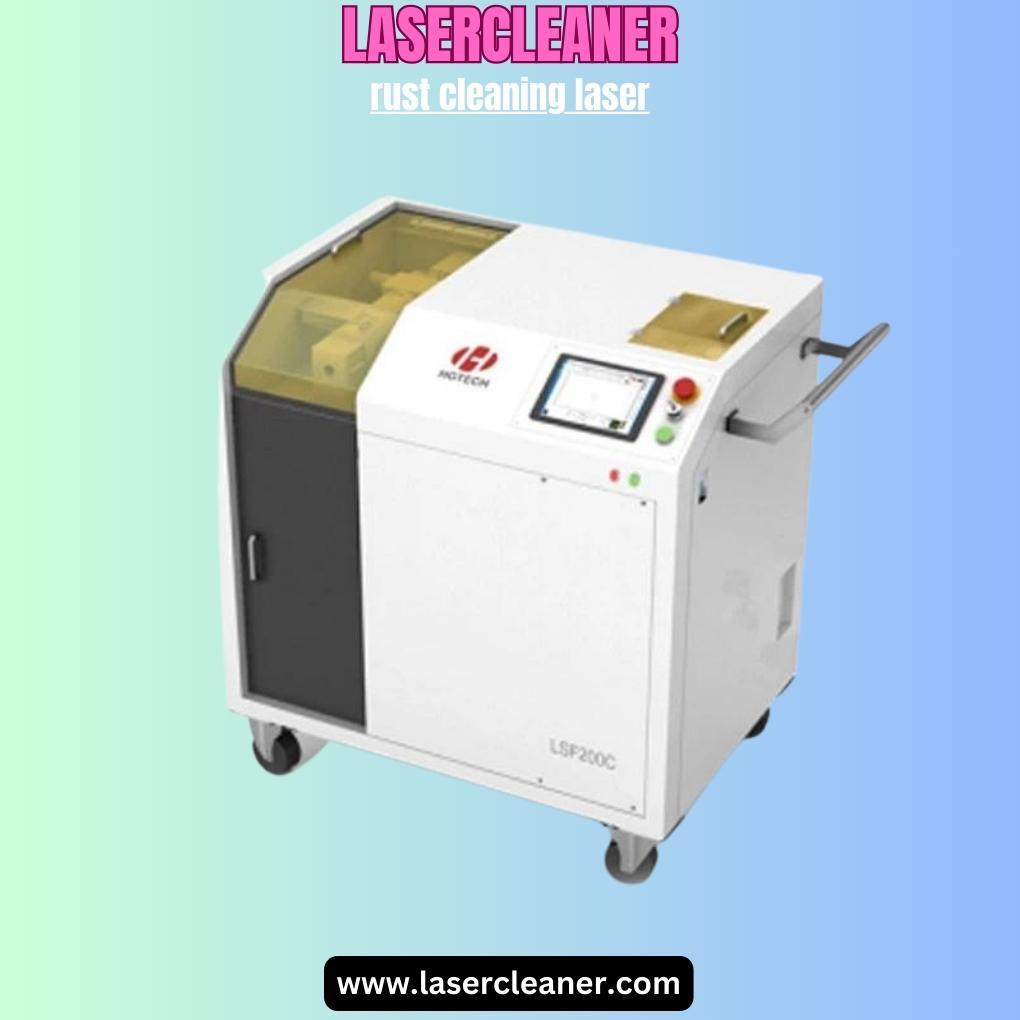Rust can be a persistent and unsightly problem for metal surfaces, diminishing both appearance and structural integrity. Traditional methods of rust removal like sandblasting or chemical treatments can be time-consuming, labor-intensive, and potentially harmful to the environment. However, there's a cutting-edge solution: laser technology. In this guide, we'll explore how rust cleaning laser can effectively remove rust from metal surfaces while minimizing environmental impact and maximizing efficiency.
-
Understanding Laser Cleaning: Rust cleaning laser utilizes high-intensity light beams to remove contaminants such as rust, paint, or oxide layers from metal surfaces. The laser energy heats and vaporizes the rust without damaging the underlying metal. This process is non-abrasive, precise, and can be controlled to suit various metal types and rust levels.
-
Safety Precautions: Before proceeding with laser rust removal, it's crucial to ensure safety measures are in place. Protective eyewear should be worn to shield eyes from laser light. Additionally, proper ventilation in the workspace is essential to prevent the buildup of vaporized rust particles.
-
Surface Preparation: Clean the metal surface to remove loose debris and dirt. Ensure the area is dry to prevent interference with laser energy absorption. Mask off any sensitive areas that should not be exposed to the laser.
-
Laser Cleaning Process: Position the laser cleaning equipment at an appropriate distance from the metal surface. Adjust the laser parameters such as power, pulse duration, and scanning speed based on the thickness of the rust layer and the type of metal. Begin the cleaning process, moving the laser beam across the surface in a controlled manner. Monitor the progress closely to ensure even removal of rust without overheating the metal.
-
Post-Cleaning Inspection: After completing the laser cleaning process, inspect the metal surface for any remaining rust or signs of damage. Touch up any missed spots if necessary. The cleaned surface should be free from rust and ready for further treatment or coating.
-
Benefits of Laser Cleaning: Laser rust removal offers several advantages over traditional methods. It is environmentally friendly, as it eliminates the need for harsh chemicals or abrasive materials. The precise nature of laser cleaning reduces the risk of damage to delicate metal surfaces. Additionally, it significantly reduces labor time and costs compared to manual methods.
-
Conclusion: Laser technology has revolutionized the way we approach rust cleaning laser from metal surfaces. By harnessing the power of light, laser cleaning provides a safe, efficient, and environmentally sustainable solution. Whether you're restoring antique metalwork or maintaining industrial machinery, consider incorporating laser rust removal into your maintenance routine for superior results.


